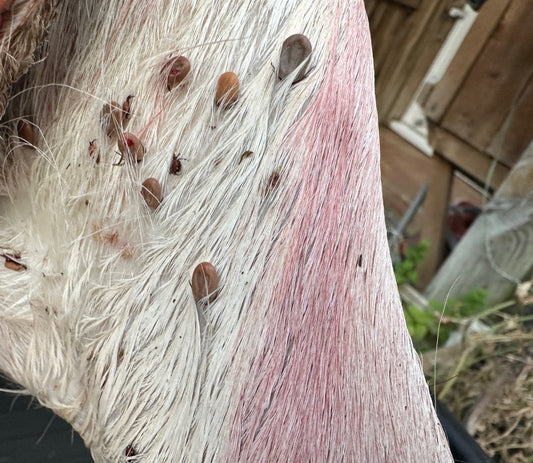Deer fencing is a crucial management tool for safeguarding agricultural outputs, young forests, and natural habitats from the often-destructive foraging behaviours of deer. This specialised fencing is designed to blend into the landscape while providing a robust barrier that deters deer from entering sensitive areas, thus preserving both the aesthetic and ecological integrity of the environment. For landowners, the decision to implement deer fencing comes with a commitment to ongoing landscape stewardship and wildlife management.
Implementing deer fencing must be carefully planned to address specific ecological and geographical challenges. Effective fencing not only prevents unwanted deer entry but also minimises the impact on non-target wildlife and maintains natural wildlife corridors. By incorporating thoughtful design and placement, deer fencing serves as a non-invasive solution that supports broader conservation goals, making it an integral part of sustainable land management practices.
Benefits of Implementing Deer Fencing
The protective barrier created by deer fencing directly contributes to the health and viability of agricultural areas and young plantations. By mitigating deer interactions, landowners can prevent significant financial losses due to crop damage and disrupted growth cycles. This proactive approach ensures that agricultural practices and forest regeneration projects can proceed without the disruptive impact of deer, securing the economic stability of rural and forested areas.
Beyond its economic benefits, deer fencing plays a critical role in wildlife management by reducing the likelihood of deer-related incidents, such as vehicle collisions and human-wildlife conflicts. It helps maintain controlled deer populations within ecological thresholds, which is essential for preserving biodiversity and ecological balance. The fencing acts as a critical tool in managing animal movements, contributing to safer human and wildlife cohabitation.
Challenges and Maintenance Considerations
The effectiveness of deer fencing relies heavily on its maintenance and the quality of its construction. Regular maintenance checks are essential to ensure that the fencing remains intact and free from breaches. Environmental factors such as weather conditions, along with physical damage from wildlife or human activity, can compromise the fence’s integrity. Landowners must be vigilant in maintaining their fences to ensure continuous protection.

( Fencing (deer fencing) requires maintenance, and regular checks )
Installing deer fencing can be challenging, particularly in varied terrains where access and fence stability can be problematic. The cost of installation can vary widely based on the materials chosen and the area covered. These logistical and financial considerations require careful planning and expertise to ensure that the fencing is both effective and economically feasible.
Economic Considerations and Cost-Effectiveness
While the initial costs of deer fencing can be significant, the investment often pays off by preventing more extensive and costly damage to crops and young forests. For landowners, the return on investment is measured not only in terms of reduced damage but also in enhanced land value and productivity. Financial planning for deer fencing should include considerations for both initial outlay and ongoing maintenance.
You can download the Technical Guide Forest Fencing by Roger Trout and Harry Pepper here.

To assist with the costs associated with deer fencing, landowners in the UK can apply for specific grants such as the FG9 Deer Fencing grant available through the Countryside Stewardship scheme. This grant supports the installation of deer fencing to protect landscapes from deer damage, thereby promoting ecological and economic benefits. More details and application guidelines can be found on the UK government's Countryside Stewardship Grants page.
Deer fencing is more than just a barrier; it is a long-term investment in the sustainability and productivity of managed landscapes. By understanding the comprehensive benefits and challenges associated with deer fencing, along with leveraging available financial support such as grants, landowners can effectively implement this crucial tool in their wildlife and land management arsenal. Deer fencing not only protects physical assets but also supports the broader goals of environmental stewardship and biodiversity conservation.





